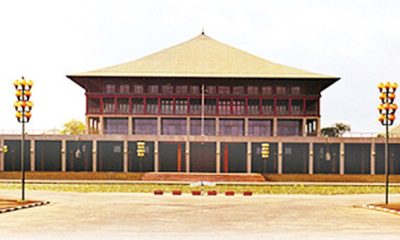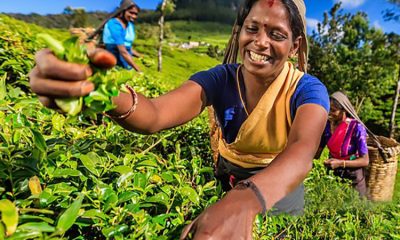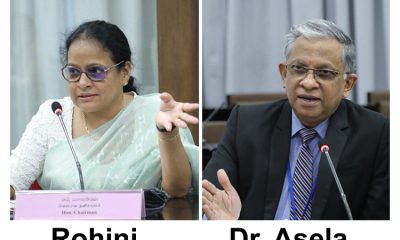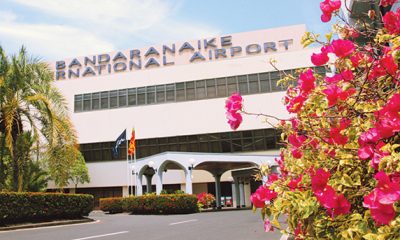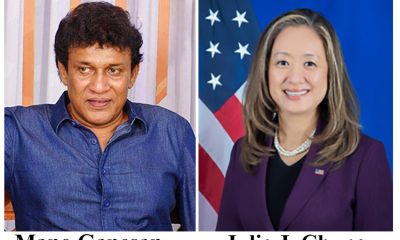News
Lankan shrine stands tall despite Dutch persecution and civil war
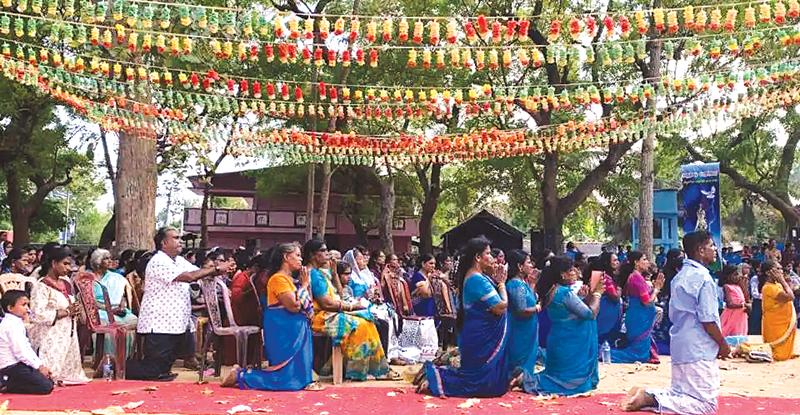
Lankan Catholics celebrate the centenary of Pope Benedict XV recognizing their Marian devotion
By Rubatheesan Sandran
(UCAN) When P. Lilly Mary joined the golden jubilee procession of the statue of Our Lady of Madhu in 1974, Sri Lanka’s northern areas had not yet descended into a bloody ethnic civil war.
Fifty years later, Mary returned to her St. Mary’s Parish Church, some seven kilometers from Jaffna, to witness the centenary procession of the blessed statue of the Virgin Mary holding baby Jesus.
The iconic statue was coming to the Jaffna area for the first time since government forces suppressed a three-decade-long civil war (1983-2009) led by the Liberation Tigers of Tamil Eelam, seeking a separate homeland for Tamil-speaking people.
The procession and festivities mark the centenary of the coronation of the statue of Our Lady of Madhu in 1924 after Pope Benedict XV issued a decree of pontifical coronation on April 7, 1921.
The decree is a formal papal act that recognizes the popular piety of honoring an image and gives the image the right to wear a crown or halo. In effect, the act recognized the unique local piety of Sri Lankan people, honoring the Marian statue.
As part of the celebrations, the statue is taken on procession throughout the Jaffna diocese, including northern areas, from April 4 to 30. The statue, carried in a motor vehicle fashioned as a chariot, is scheduled to visit all deaneries in Kilinochchi, Mullaitivu, Point Pedro, and the northern islands.
Mary said the statue coming to her parish was “a great opportunity for folks like us who are unable to go on annual pilgrimages as we used to due to our age now.”
The procession’s paths are decorated with Marian blue and white ribbons. Parishioners also place kumpams (coconuts placed on pots), which follow the Tamil custom of welcoming the statue to their respective parishes.
Jaffna was intermittently under government and rebel control. Many churches in the nation’s northern tip were destroyed or abandoned. With many of its priests and religious killed or disappeared during the war, the diocese is still reeling under a shortage of manpower to help people rebuild lives.
However, at the height of the conflict, the 400-year-old shrine in Jaffna diocese became a symbol of unity between the warring Tamil and Sinhalese groups. Situated in the heart of the conflict zone, the shrine was shelled several times and had to house refugee camps.
The shrine was set up during the Dutch persecution in the 17th century. Nearly 20 Catholics who escaped the persecution erected the shrine with the statue in a jungle. Later, Oratorian missionary St. Joseph Vaz from India, and other Oratorian priests expanded it further.
During the civil war, the diocese relocated the statue to the nearby St. Xavier parish for safety. In August 2008, the statue was brought back and the shrine was declared a peace zone at the request of former Bishop Rayappu Joseph of Jaffna.
“Our Lady of Madhu has been a ray of hope throughout history, from Dutch persecution in the 17th century to recent wartime years. She blesses all irrespective of their religion or ethnicity,” said Father Anthonypillai Gnanapragasam, the shrine’s administrator.
In 2001, the statue’s procession was extended to southern Anuradhapura, Galle, and Colombo dioceses as the civil war temporarily halted following a ceasefire agreement.
Ahead of the centenary procession to Mary’s parish in Koay village, “many Hindus joined locals to assist, and many came to witness,” said Father Louis Montfort, its parish priest.
Montfort said Our Lady of Madhu has many Hindu devotees, who prefer to call her Puthumai Maatha, named after a Tamil saying.
Amalathaas Rosequil, 64, was one of the Hindus who joined the procession. She said she became a Marian devotee after she overcame a health issue.
At 26, she said, she met with an accident and doctors feared she could lose her eyesight. “I prayed to Puthumai Maatha. Eventually, my eye was healed,” Rosequil told UCA News.
“Not only myself, Puthumai Maatha blessed many of my relatives as well,” she said.The shrine’s annual festival is held on Aug. 15, when the historic church in the war-torn area attracts thousands of visitors.
News
US sports envoys to Lanka to champion youth development
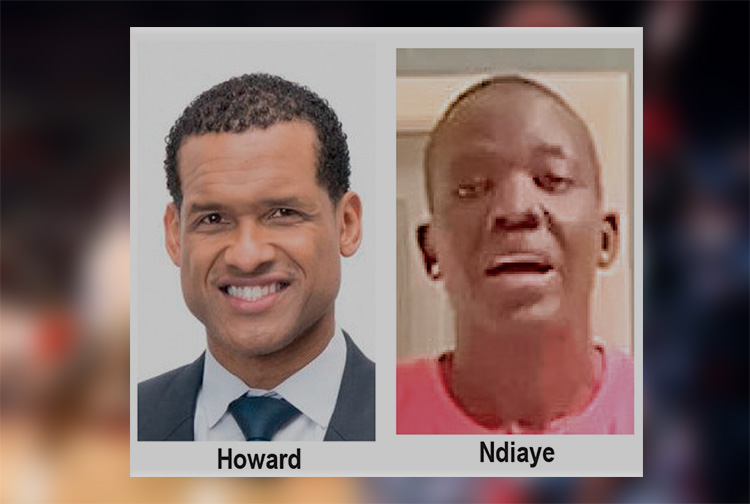
The U.S. Embassy in Colombo welcomed the U.S. Sports Envoys to Sri Lanka, former National Basketball Association (NBA) and Women’s National Basketball Association (WNBA) players Stephen Howard and Astou Ndiaye, from June 8 through 14.
The Public Diplomacy section of the U.S. Embassy said that it would launch a weeklong basketball program intended to harness the unifying power of sports, made possible through collaboration with Foundation of Goodness and IImpact Hoop Lab.
While in Sri Lanka, Howard and Ndiaye, both retired professional basketball players, will conduct a weeklong program, Hoops for Hope: Bridging Borders through Basketball. The Sports Envoys will lead basketball clinics and exhibition matches and engage in leadership sessions in Colombo and Southern Province for youth aged 14-18 from Northern, Uva, Eastern and Western Provinces, offering skills and leadership training both on and off the court. The U.S. Envoys will also share their expertise with the Sri Lanka Basketball Federation, national coaches, and players, furthering the development of basketball in the country. Beyond the clinics, they will collaborate with Sri Lankan schoolchildren to take part in a community service project in the Colombo area.
“We are so proud to welcome Stephen and Astou as our Sports Envoys to Sri Lanka, to build on the strong people-to-people connections between the United States and Sri Lanka,” said U.S. Ambassador Julie Chung. “The lessons that will be shared by our Sports Envoys – communication, teamwork, resilience, inclusion, and conflict resolution – are essential for leadership development, community building, equality, and peace. The U.S. Sports Envoy program is a testament to our belief that sports can be a powerful tool in promoting peace and unity.”
News
Rahuman questions sudden cancellation of leave of CEB employees
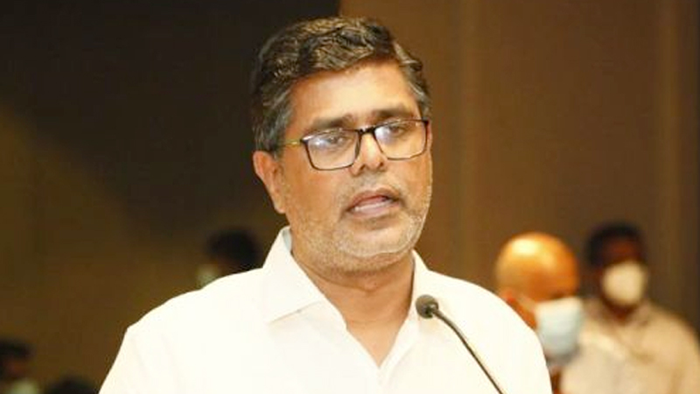
SJB Colombo District MP Mujibur Rahuman in parliament demanded to know from the government the reasons for CEB suspending the leave of all its employees until further notice from Thursday.
MP Rahuman said that the CEB has got an acting General Manager anew and the latter yesterday morning issued a circular suspending leave of all CEB employees with immediate effect until further notice.
“We demand that Minister Kanchana Wijesekera should explain this to the House. This circular was issued while this debate on the new Electricity Amendment Bill was pending. There are many who oppose this Bill. The Minister must tell parliament the reason for the urge to cancel the leave of CEB employees,” the MP said.However, Speaker Mahinda Yapa Abeywardena prevented Minister Wijesekera responding to the query and said that the matter raised by MP Rahuman was not relevant.
News
CIPM successfully concludes 8th Annual Symposium
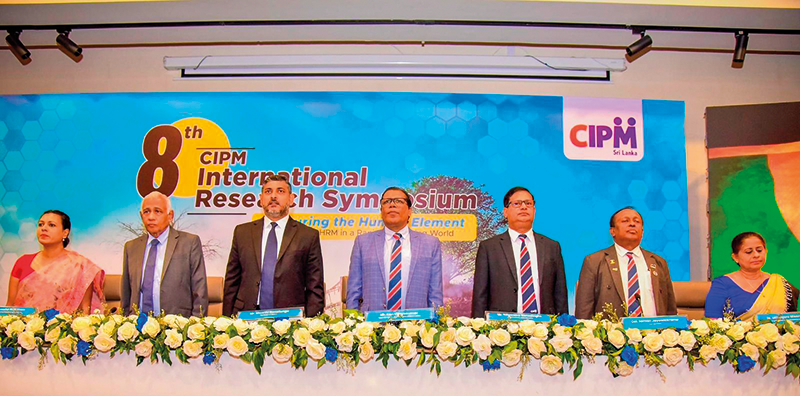
The Chartered Institute of Personnel Management (CIPM) successfully concluded the 8th Annual CIPM Symposium, which took place on 31st May 2024. Themed “Nurturing the Human Element—Redefining HRM in a Rapidly Changing World,” the symposium underscored the pivotal role of human resource management (HRM) in today’s dynamic global landscape. Since its inception in 1959, CIPM has been dedicated to advancing the HR profession through education, professional development, and advocacy, solidifying its position as Sri Lanka’s leading professional body for HRM.
Ken Vijayakumar, the President of the CIPM, graced the occasion as the chief guest. The symposium commenced with the welcome address by the Chairperson, Prof. Arosha Adikaram, followed by the Web Launch of the Symposium Proceedings and Abstract Book by the CIPM President. The event featured distinguished addresses, including a speech by Chief Guest Ken Vijayakumar, President of CIPM, and an address by Guest of Honor Shakthi Ranatunga, Chief Operating Officer of MAS Holdings Pvt. Ltd., Sri Lanka.
The symposium also featured an inspiring keynote address by Prof. Mario Fernando, Professor of Management and Director of the Centre for Cross Cultural Management (CCCM) at the University of Wollongong, Australia.
Vote of Thanks of the inauguration session was delivered by Dr. Dillanjani Weeratunga, Symposium Co-chair.
The symposium served as a comprehensive platform for researchers to present their findings across a wide range of critical topics in HRM. These included Cultural Diversity and Inclusion, Talent Development and Retention, Ethical Leadership and Corporate Social Responsibility, Adapting to Technological Advancements, Mental Health and Well-being at Work, Global Workforce Challenges, Employee Empowerment, and Reskilling and Upskilling.
The plenary session was led by Prof. Wasantha Rajapakse. Certificates were awarded to the best paper presenters during the valedictory session, followed by a vote of thanks delivered by Kamani Perera, Manager of Research and Development.
The annual symposium of CIPM was a truly inclusive event, attracting a diverse audience that spanned undergraduates, graduates, working professionals, research scholars and lecturers. This widespread interest highlights the symposium’s significance in the field of HRM, offering a unique opportunity for everyone to network and learn from scholarly brains.The CIPM International Research Symposium was sponsored by Hambantota International Port, Sri Lanka Institute of Information Technology (SLIIT), E B Creasy & Co. PLC, and Print Xcel Company.


